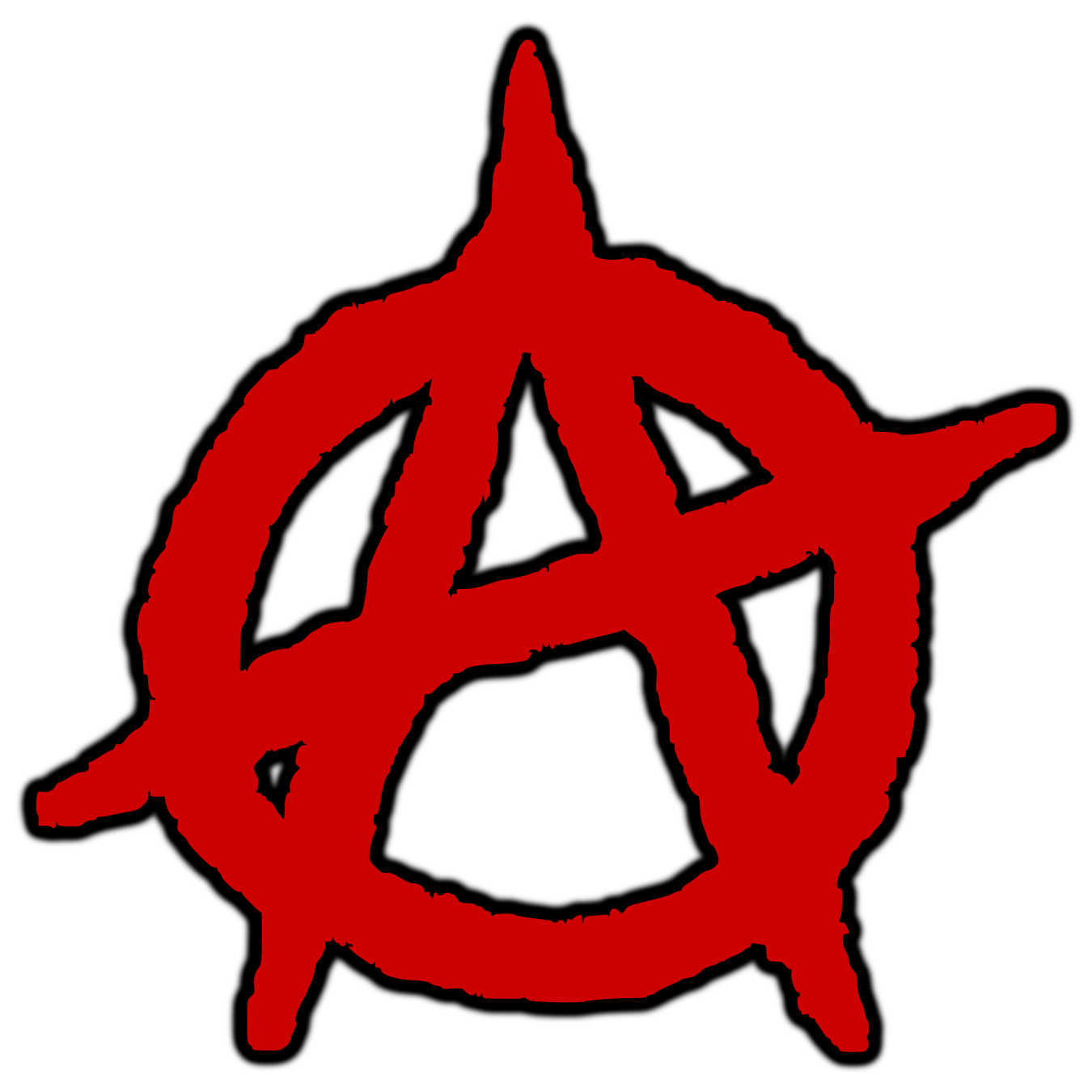Both Marxists and anarchists agree that the ultimate end goal is communism, right? A classless, stateless society.
So like in the first 100 days of the USSA would it be acceptable to most anarchists to allow them to pursue anarchy in like communes and extended formal boarders similar to, broadly, like how Hong Kong or the Vatican worked. A sort of city-state situation?
It involves boarders and some formalized trade agreements and everything else anarchists hate, but would something like that be possible in the name of revolution? A sort of temporary two state solution.
Maybe I'm completely missing the point but I'm just trying to think of how to make it work in a pragmatic sense

I honestly can't think of a historical example where, after the bourgeoisie where defeated, the contradiction between Marxism and anarchism didn't fully come to its head and become antagonistic. Trotsky's Red Army vs. Makhnov's Black Army being the archetypal example. If anyone has an example where this doesn't happen I'd be very interested in reading about it.
One thing another user here made me aware of a few days ago, that might qualify as an anarchistic form of organization that existed within an ML state for at least some time, would be the Artels in Russia.
From the wiki:
Additionally I found this stackexchange discussion off them which has some interesting numbers(don't know if they really check out or not):
Otherwise I'm drawing a blank too at the moment.
So in America, what you're saying, is anarcho-gamer houses. Imagine the smell
It's more complex. A lot of anarchists joined Communist Party and collectivization was basically inspired by anarchist agrarian communes.